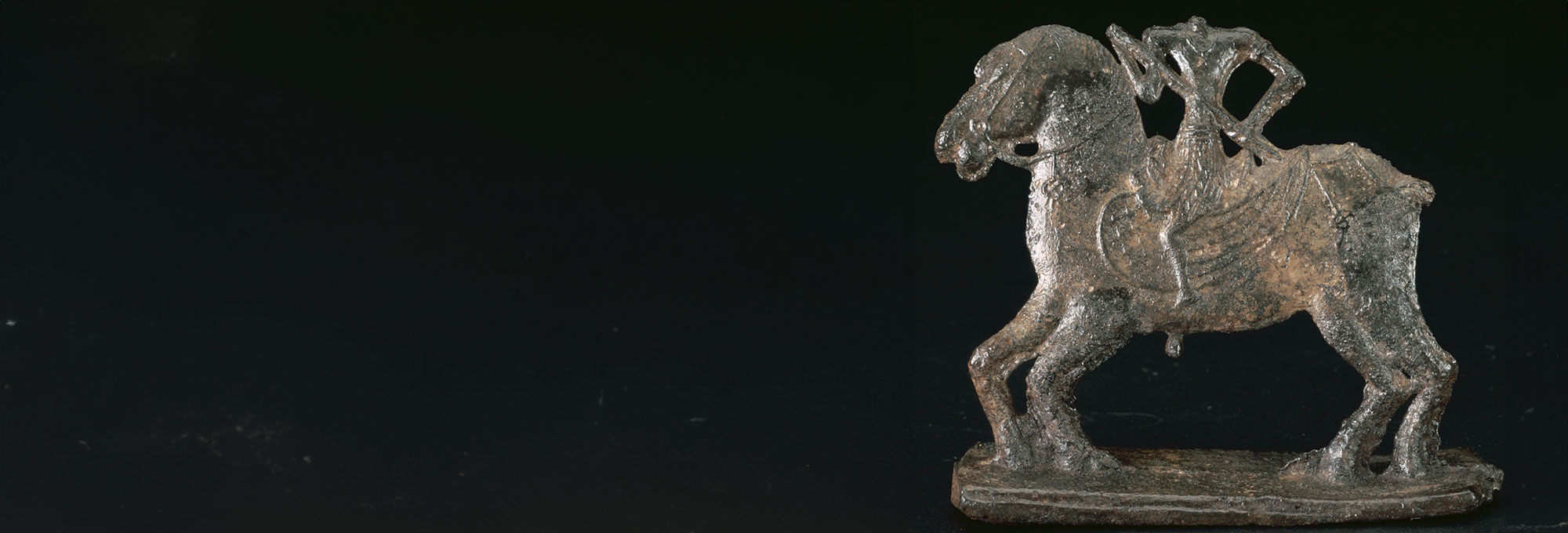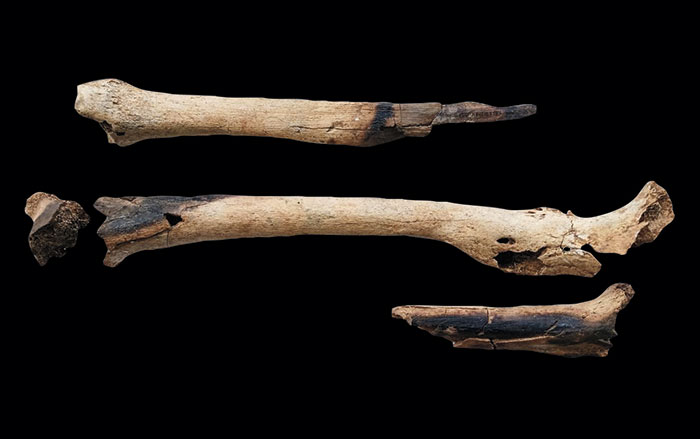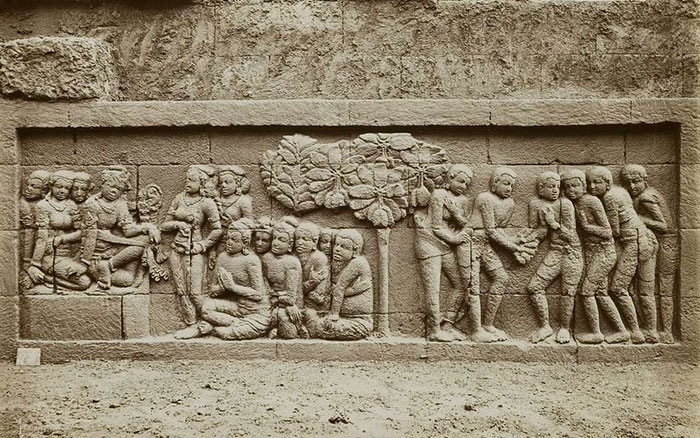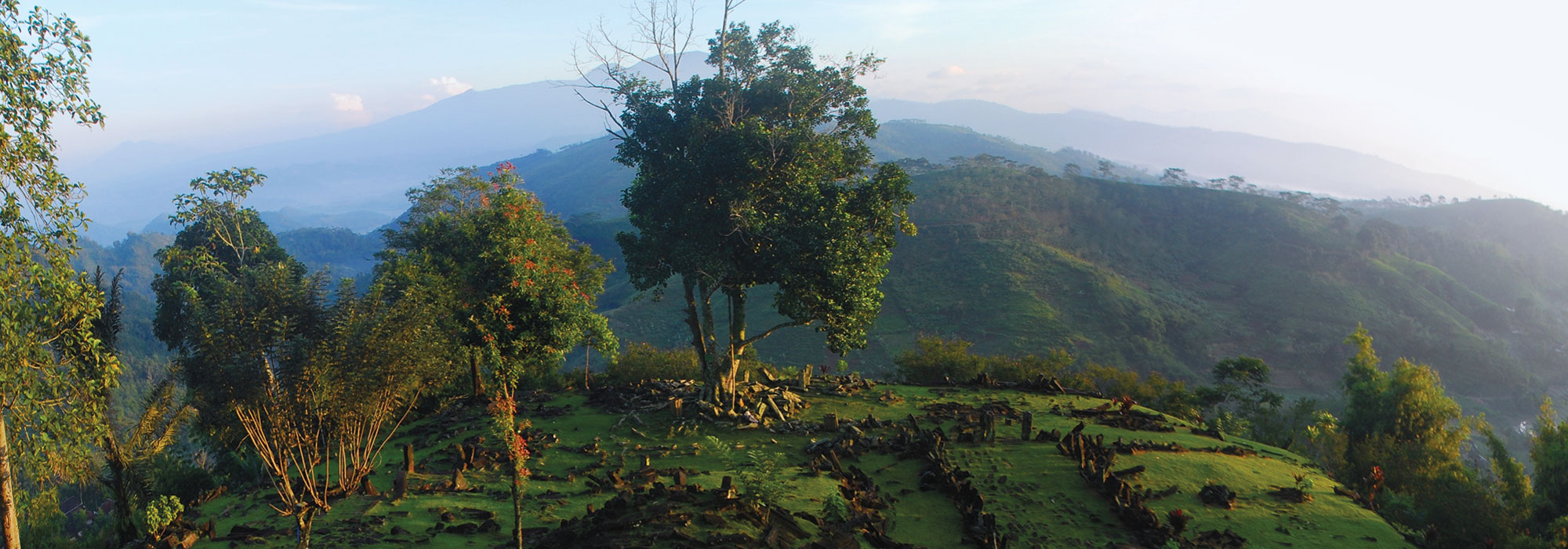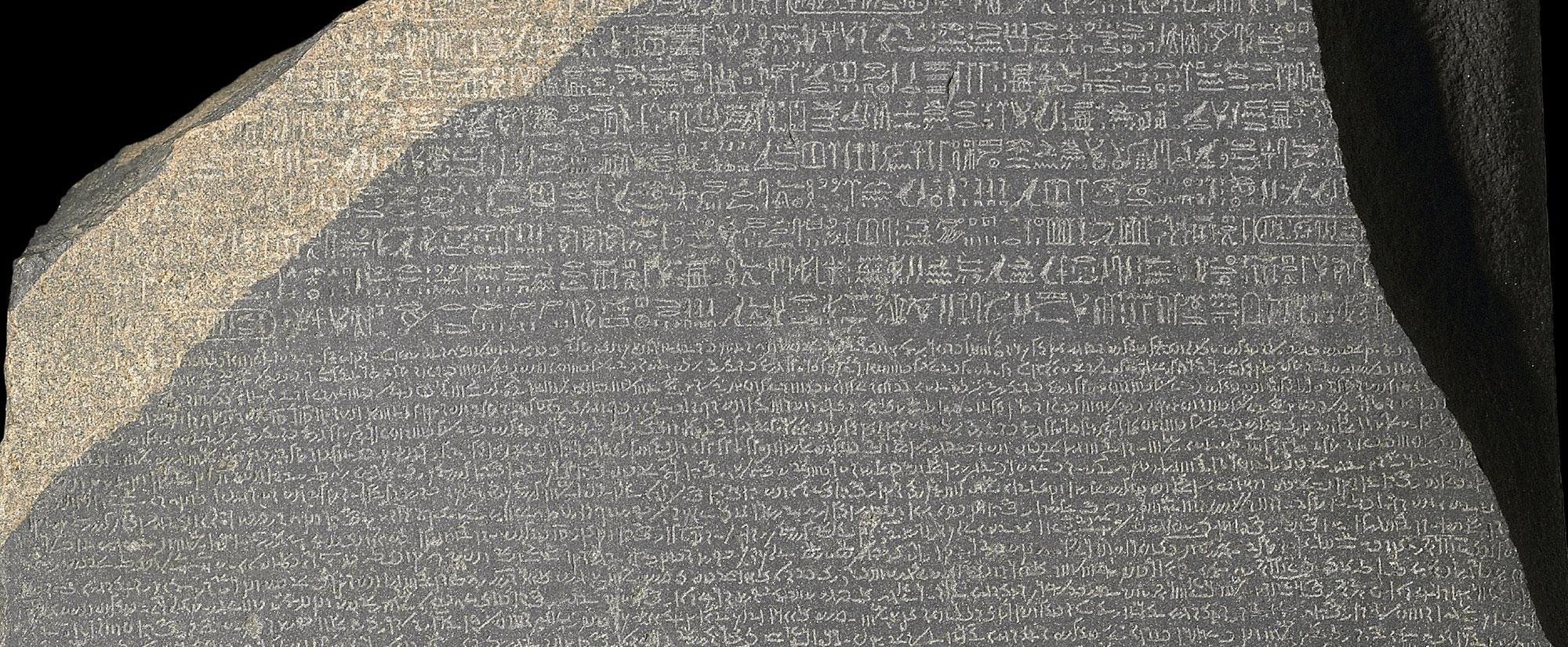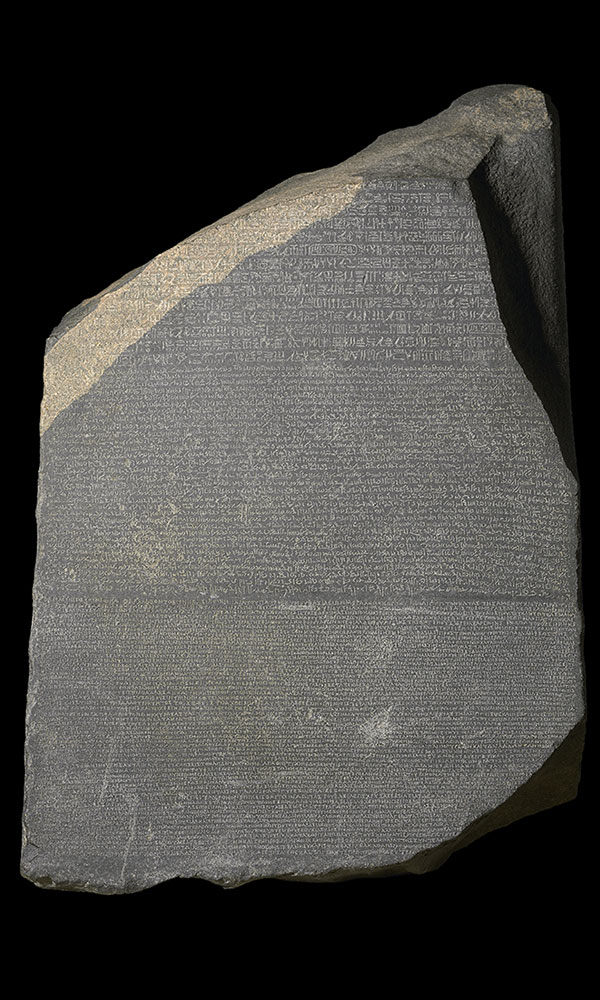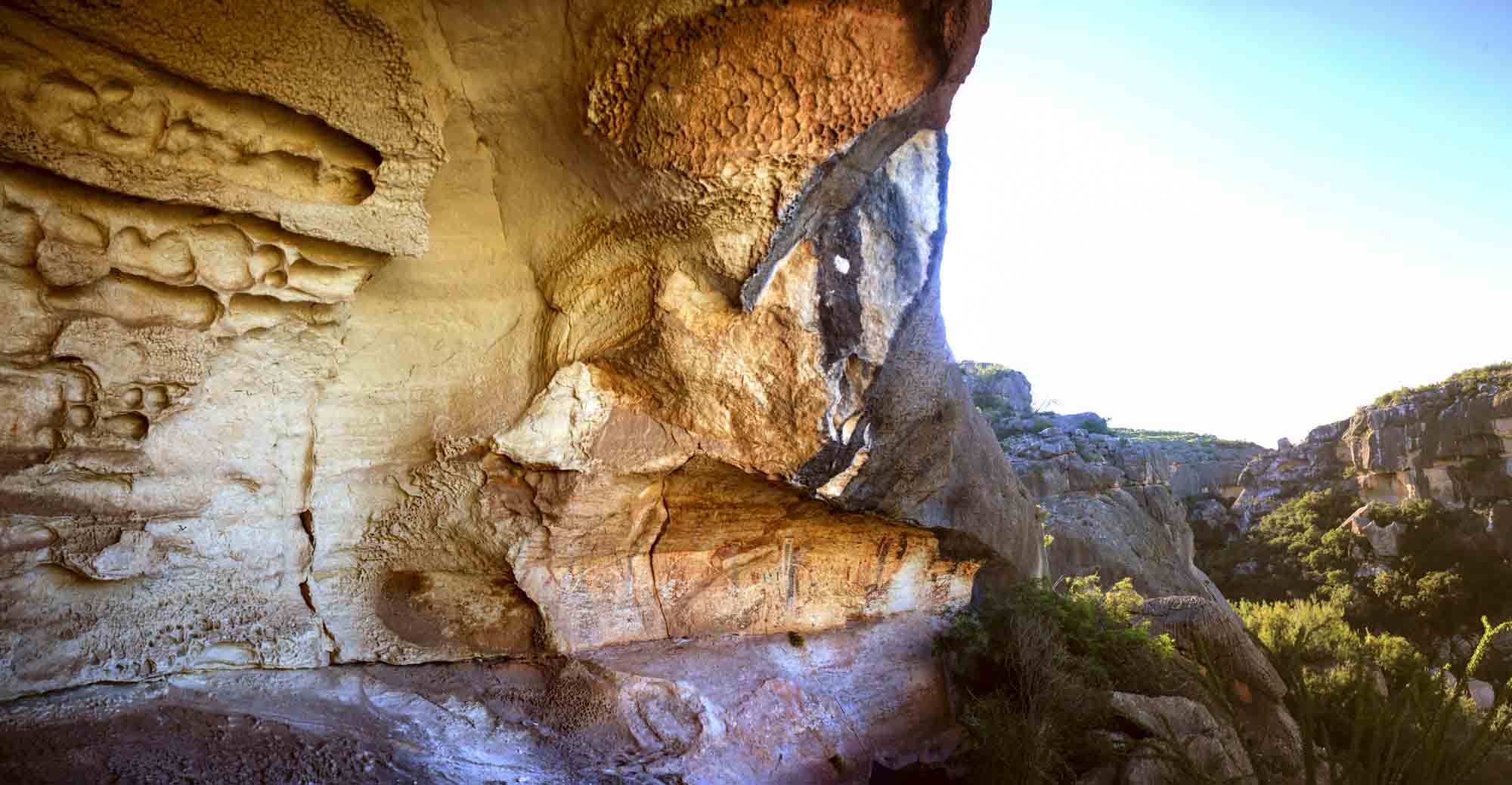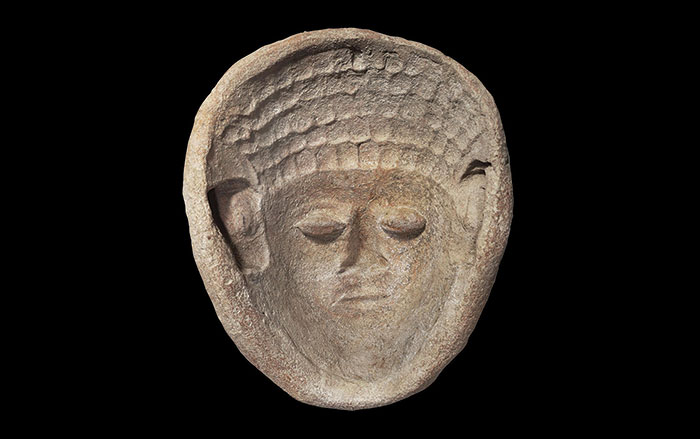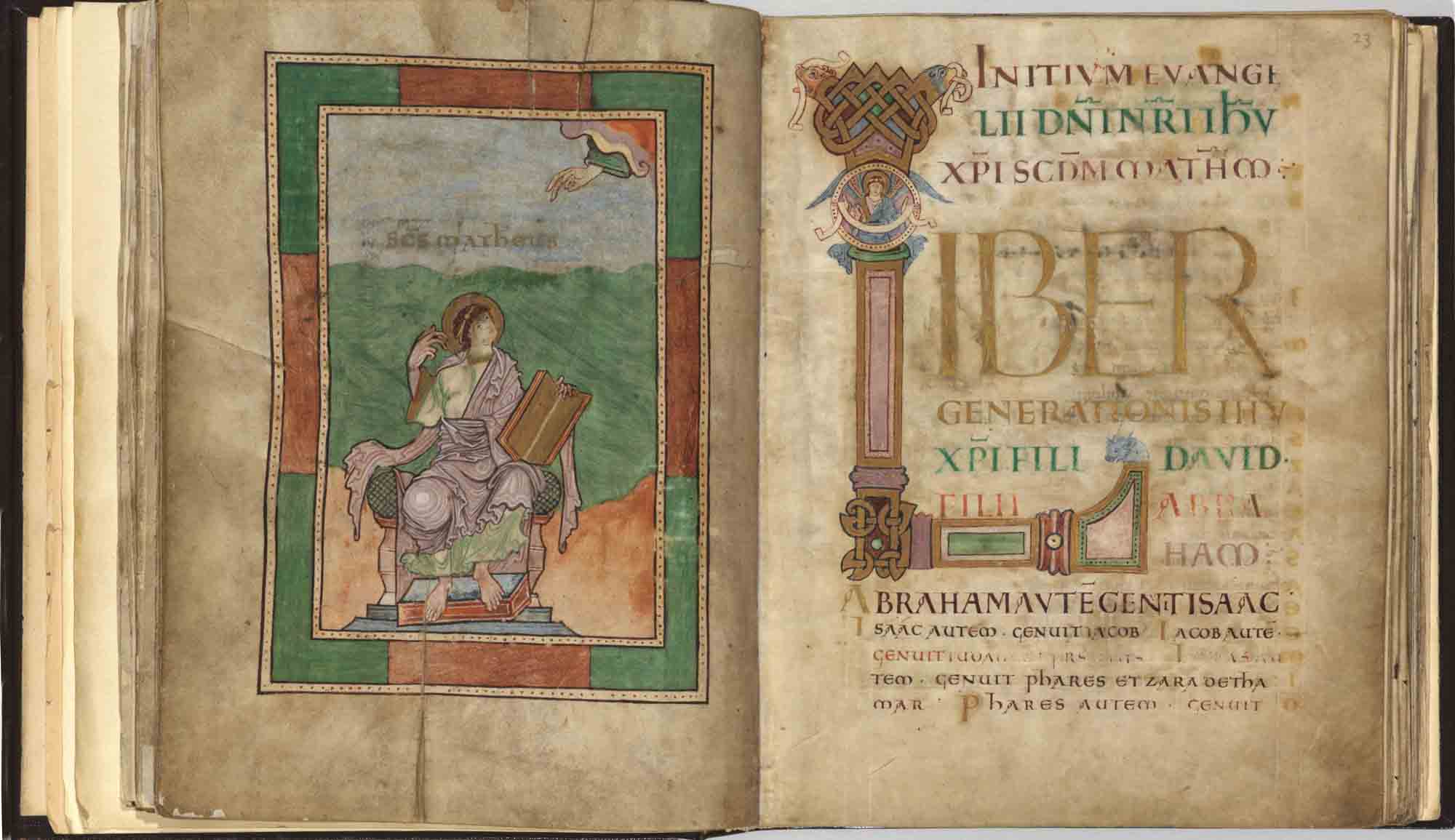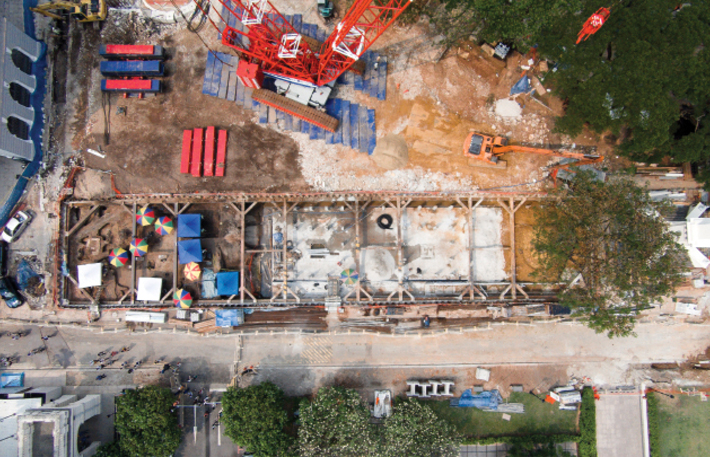
In 1817, Sir Stamford Raffles, the governor of the British colony of Bencoolen in Sumatra, set off to find a suitable port site in the Strait of Melaka, a narrow channel in the Malay-Indonesian archipelago that connects the Indian Ocean and the South China Sea. Situated at the junction of two monsoons, the strait necessitated a long layover for ships dependent on seasonal winds. The region’s premier entrepôt at the time was Dutch-controlled Melaka, where traders from Arabia and India would stop over until the next monsoon wind took them farther north to China, or back south laden with silks and spices. The opium trade with China was growing, and Raffles was determined to build a British base in the region. In 1819, he lit upon a small island at the southern end of the strait, off the tip of Malaysia—an unremarkable settlement that he nonetheless believed was both strategically located and possessed of a glorious history.
Raffles’ conviction about the island’s illustrious past came from reading his copy of the Malay Annals, a fifteenth-century narrative about the Malay kingdoms. According to this account, a Sumatran prince was out hunting on a hill when he spied a blinding white shore across the sea, a land he learned was called Temasek. On sailing over, he spotted what seemed to be a lion, and so named his new kingdom Singapura, or “Lion City” in Sanskrit. He ruled there for many years, as did his descendants after him, during which time, the Annals tell us, “Singapura became a great city, to which foreigners resorted in great numbers so that the fame of the city and its greatness spread through the world.” Eventually, this great Malay port was conquered by the Javanese and its king forced to flee north to Melaka.
Raffles, hundreds of years later, saw evidence on the island for the tale: the remains of a fortified wall and what locals called Forbidden Hill, said to conceal the graves of kings. Raffles negotiated with the local sultanate to develop the settlement, and wrote to his patroness, Princess Charlotte, that he had planted the British flag on “the site of the ancient maritime capital of the Malays.” Within a few years, a sleepy settlement had turned into a bustling port, the most important in the region.
Over the next two centuries, Raffles’ foresight came to be celebrated, but his inspiration was largely forgotten. The tale of princes, lions, and kingdoms faded into legend, a charming backstory for the country’s name. Raffles’ colleagues had always been skeptical of the notion of an ancient, glorious Singapore, and there was little material evidence of it. Even the discovery in 1924 of gold ornaments in Fort Canning, built on Forbidden Hill, did not spur further investigation. Instead, the birth of a nation was dated to Raffles’ arrival. According to the history books—and popular perception—the Singapore story began when the British stumbled on a fishing village in 1819.
That history has now been revised, and the textbooks amended. Largely due to archaeological excavations that began in 1984 and culminated in the island’s largest-ever dig, in 2015, evidence now exists of a fourteenth-century port city that had long been buried under downtown Singapore. Led by American archaeologist John Miksic and more recently by Singaporean archaeologist Lim Chen Sian, a researcher with the Nalanda-Sriwijaya Centre Archaeology Unit at the Institute of Southeast Asian Studies, these rescue digs were driven by small private donations and passionate volunteers. Through fragments of earthenware, Chinese pottery, Indian beads, and Javanese jewelry, Miksic and others have pieced together a new story—one that pushes the city’s origins back some 500 years before Raffles’ arrival, traces the rise and fall of Singapore between the thirteenth and fifteenth centuries, and places it in the robust ancient maritime trade network of the region.

In 1984, Miksic was teaching at the Gadjah Mada University in Yogyakarta, Indonesia, when he was invited to help with a dig in Singapore, the first of its kind. Miksic, who had been in Southeast Asia since the late 1960s, first as a Peace Corps volunteer and then as an archaeologist, had received his PhD from Cornell University, with a focus on trade and society in northeast Sumatra. He jumped at the chance to excavate within Singapore’s Fort Canning Park. The fort was built in 1859 on the leveled summit of a small hill downtown, known in Raffles’ time as Forbidden Hill, and host to a tomb or memorial purportedly of the last king. A plan to landscape the hill had pushed the curators of the country’s National Museum to try to save any archaeological material that might lie beneath it. Funded by a private donation, Miksic and others spent 10 days excavating near the tomb. What they found exceeded all expectations.
Parts of the site were undisturbed and the stratification layers were clear. Archaeologists found sherds of Chinese pottery—both imported and locally made—and coins of the Song and Tang Dynasties. Miksic recalls being taken by complete surprise. Although there were records of Temasek in Chinese writings, there had always been arguments over its location. And the Malay Annals were considered a romance—to the extent that even Miksic’s Cornell adviser believed the Singapura story to be a fabrication. “The idea that the Annals were closely paralleled by reality was not taken seriously by historians,” says Miksic. “We had no clue until we found this stuff.”
Miksic went on to lead 10 more digs at Fort Canning after moving to Singapore in 1987, and undertook another 10 to 15 excavations along the Singapore River. The sites were chosen serendipitously—all were rescue digs carried out quickly when a building was knocked down or a parking garage chosen for development. The finds, in total, included 10,000 Indian and Javanese glass beads, Indian bangles and other pieces of jewelry, and 500,000 pieces of pottery, some of which are still being sorted. Chinese and Sri Lankan coins found along the riverbank speak to the high volume of trade, and Chinese glass beads and vessels, as well as the fragment of a rare porcelain pillow and a unique compass bowl, all suggest an exceptionally close relationship with China.

Significantly, a substantial amount of locally made household pottery was also found. Because cooking pots are unlikely to be imported, their presence indicates a settled community rather than a city of transients. The quantity and style of pots can also provide clues to the cultural affiliations of residents and the sizes of settlements in different parts of the old city. Some of the forms of pottery found, Miksic says, “enable us to certify that the local inhabitants were culturally related to those of Sumatra and the Malay Peninsula, rather than Java.”
Taken together, the finds reveal that Singapore was a major trade hub by 1350, importing and exporting between India, Southeast Asia, and China. It was fortified—rare for the time—used currency, and likely hosted a multiethnic population governed by a local chief. Miksic says evidence suggests that it was not a political power or ceremonial center, but was perhaps like contemporaneous port towns of the Mediterranean. There was little agriculture, and services were the mainstay. Singapore procured raw materials such as iron, as well as porcelain, tortoiseshell, glass, and beads, from a network of suppliers. “The archaeology of Singapore confirms what we thought we knew from local chronicles such as the Malay Annals and Chinese texts,” says Miksic, “while adding much more detail about the types of objects traded and the complexity of the economy of even a medium-sized port.” He adds, “We are also beginning to see what a place with a strong Chinese influence would have looked like.”
Comparisons with other port cities are difficult in a region that has been dominated by shipwreck archaeology, not urban digs. While there are several ancient ports along the Strait of Melaka, only a few have been excavated and almost no quantitative data has been published. Singapore’s digs have been so fruitful in part because the ancient city occupied the same well-defined river-bounded area as the colonial city. Miksic points out that, luckily, nineteenth-century British planners reserved large open spaces, making excavation easier. As more finds are processed, he believes that Singapore may offer clues into early urbanization in the region as well as the spread of Islam. Ancient Singapore certainly adds to mounting evidence of the importance of the region’s early maritime trade network—what Miksic calls the “Silk Road of the Sea.”

Singapore’s golden age lasted almost a century. There are almost no artifacts from the fifteenth century, when the city was likely conquered and the trade hub moved to Melaka. But Singapore continued to be a transit point for ships—Saint Francis Xavier wrote a letter while docked here in 1551—before it was finally abandoned in the seventeenth century. According to Miksic, the Dutch policy of forcing traders to call at Batavia (today’s Jakarta) may be partly responsible, but trade in Asia also contracted in this period. The city was not revived until almost 200 years later, and when it was, he argues, it was because the qualities necessary for a successful port city had not changed. “Raffles was very close to the truth,” Miksic says. “Singapore was not just a fishing village in the precolonial period, a hole in the ground. It was something greater than that, a successful port and a cosmopolitan society.” Why did ancient Singapore stay hidden so long? Colonial archaeologists in Asia focused largely on India, Miksic notes, while modern Southeast Asian historians were enthralled by temples, sculptures, and inscriptions. Just as importantly, perhaps, since gaining independence in the 1960s, Singapore has focused almost single-mindedly on the future. If Raffles sought a historical foundation for his colonial port, the new nation’s prime minister Lee Kuan Yew looked ahead to building a modern state. That inexorable focus helped unify a diverse population of Chinese, Indians, and Malays, while transforming the country into an economic powerhouse—but, for a time, at the cost of its heritage. A landscape of malls and ever-redeveloping towers, the city today retains only a small portion of its colonial structures.
Even after 1984’s exciting finds, Miksic had to raise private grants for every dig. And it would take more than a decade for his discoveries to begin getting out to the general public. It was only in 2015, the 50th year of independence, that Singapore’s secondary-school textbook was amended to reflect the new understanding of the city’s history, adding 70 pages on the precolonial period, with text and photos contributed by Miksic. Archaeology has shown that Singapore is one of the oldest capitals in southeast Asia, not the youngest. “The children growing up today,” he says, “won’t have the preconceptions their parents did.”
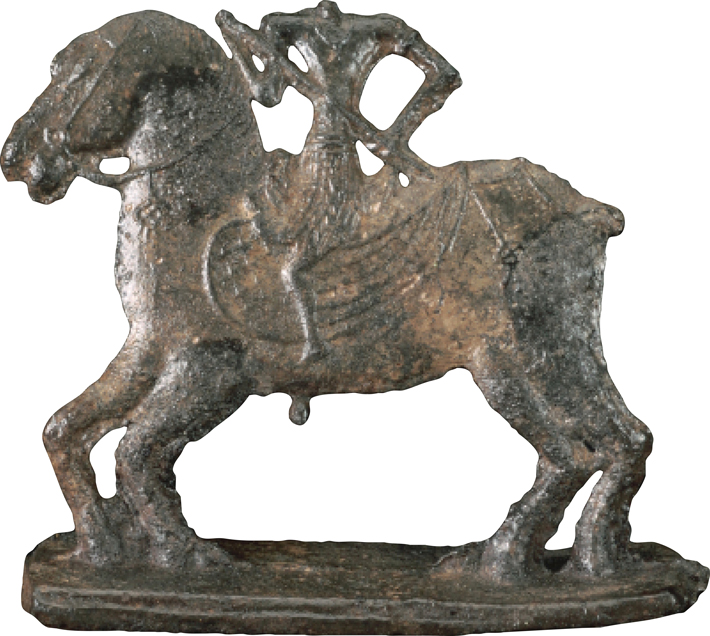
In 2015, Singapore archaeologists undertook their largest excavation yet on a quarter-acre site in front of the Victoria Theatre and Concert Hall at Empress Place, located downtown on the riverbank. The 100-day dig was covered widely, and Singaporeans were encouraged to follow its progress. The nearly four ton yield included 700-year-old Chinese coins, stoneware, and Buddhist figurines. “The soil was jet black with artifacts. You could just grab them by the handful,” recalls Lim, who led the dig. Among the discoveries were possible imperial-grade Chinese ceramics—physical evidence that China’s imperial court recognized Temasek—and timber planks suggestive of Southeast Asian shipbuilding knowledge. “This is the first time we are uncovering such evidence from a fourteenth- to sixteenth-century archaeological context,” says Lim.
The grandson of Chinese immigrants, Lim grew up despising the story he’d read in school—that an Englishman had turned a fishing village into a successful port. Like so many others, he’d gone to college in the United States. Having majored in archaeology and finance at Boston University, he worked on digs in Mexico and elsewhere. “At some point, I asked myself, ‘Why am I digging up some other country when I know so little about my own?” he says. “Mexico has 6,000 archaeologists. How many does Singapore have? One.” So he went back for a master’s degree at the National University of Singapore and began participating in digs, initially under Miksic, and then leading them himself.
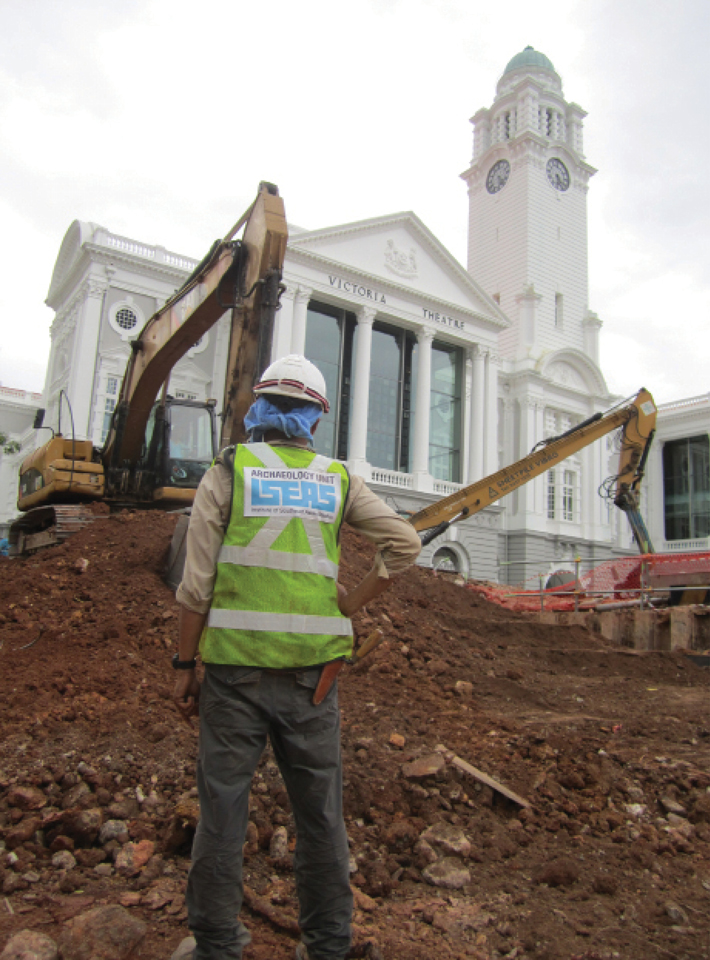
Unlike earlier digs, the Empress Place excavation was funded by the National Heritage Board—a clear sign of Singapore’s changing approach to its own story. The past decade has seen a growth in citizens’ heritage movements. Perhaps in response to this, and certainly in response to the rising tensions between Singaporean citizens and an expanded migrant-worker population, the government now sees heritage and culture as part of the “softer side” of nation-building in a post–Lee Kuan Yew era.
Lim’s experience speaks to some of these changes. His generation, he says, struggles with identity. “Who are we? Where do we belong? Are we really Chinese? Do the Chinese in the People’s Republic or in Taiwan think so?” And “What is ‘Singaporeanism’?” Archaeology can help with these questions, he believes, since it provides a crucial link to the past and, indirectly, to identity. For Lim, learning about ancient Singapore made him feel more connected to his city. “I have a sense of sharing the same site with ancient people,” he says. “I’ve played soccer on the same ground. At a fundamental level, it makes a difference.” Just as Miksic trained him, Lim hopes to eventually train and build a pool of local archaeologists and lobby for a legal framework for digs.
Singapore is now likely the most excavated major city in Southeast Asia. A country long seen as a model of modernity in Asia now offers a model for urban archaeology. Yet much remains to be learned. In the coming years, Lim will look for more information on the ancient city’s spatial organization, population size, industrial activity, and social and political structures. Says Miksic, “We know there was a mixture of east and south Asians here, just like there is today. But what was the proportion? Did they live in separate enclaves or together?” For now, it can be said that the findings show that ancient Singapore was a vibrant, multiethnic settlement—not unlike its modern-day avatar. Archaeology is recasting the history of this Asian city-state—and perhaps even what it means to be Singaporean.


